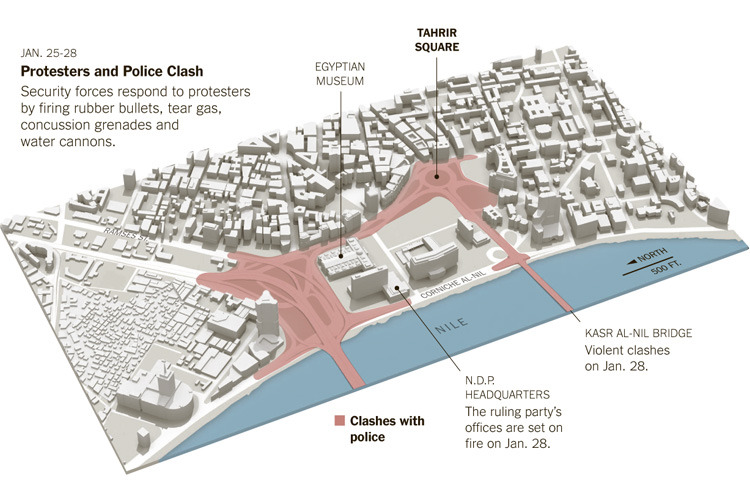
One of the most critical episodes among various nations, is the voluntary addressing of public concerns without sufficient epistemic authority. In the developed countries, intellect volunteers will develop their concepts through specialized workshops, academic forums or conferences, to receive critics, additional views and peer notes to allow the comprehension of the ideation to circulate among the public. Such road-map allows for intact abstracts and stronger advocacy that will enhance the experiences rather than question it.
Most of the great ideas had gone through the same. Recalling the great debates of the Renaissance among intellectuals across Europe; which had produced at a later stage all the great ideas that our today’s world is thankful for. The Famous, and infamous Cafes and Restaurants in Paris, Vienna and Rome were the birth places for leading revolutionary concepts. They were literally killed through discussions that had only allowed for the fit proposals to turn public.
The relatively recent concept of Open Public Space, was reflection of modern European experience, rather than an Oriental one. Muslims used mosques as their Public Open Space, with limited freedom of expression, in addition to gender constraints. Therefore, the most intellectual non-religious ideas had been evolved in private courts and among very tiny groups. Till date, the intellectual privacy is a common practice among the Arabic speakers, while struggling among the wider Muslims sphere.
Few Arabic urban settlements had known the Open Public Space, yet as a market place, not an entertainment or urban destination. Some official events had occupied vacant crossings among main roads; which was temporarily used to gather during fests and occasions. Later, football in particular; had turned the vacant parcels into Male meeting spots, while females were not facilitated with any similar opportunity. Therefore, the term is widely foreigner to the common Arabic experience.
I do respect to the author, who is an experienced architect and urban planner, as he genuinely and enthusiastically defends his views and proposal. His following below video introduction, despite been in Arabic, did not allow for peer-reviews and was evolved into a book that had caught greater audience among Arabs. Regretfully, the advocated concept was not fully correct, and expresses a predefined political views and a set-ideology. Why; and simply these are my critics:
(1) Tahrir Square was not part of the 19th century Khedive Cairo; as was periphery of the Nile waterfront; which people usually had abandoned by flood threats. Later; it became a buffer for the military campus. It was never been an Open Public Space by today’s terms, till early 20th century. Even so; it was not a People’s Place or a destination, but a transport hub. When the famous Civic Service Compound was built, it became a destination for people processing their civic matters, at peak more than 100k per day.
(2) It was widely recorded that Tahrir 2011 protests; were hijacked by activists and cheerers of both radical Islamists and gangsters. This had drove lots of others to leave to elsewhere. However, it contributed to spread the rebellious acts across the metropolitan. Yet, who had stayed there; were residents of the nearby Southern Eastern CBD populous districts. Many of them were students, blue callers and unemployed, untied by Poverty rather than Revolution. Tahrir was their temporary in-reach meeting space
(3) Cairo Metro Network, which had its 1st phase inaugurated mid 1980th, had enabled the move of the unfortunates low-incomers, who typically lived in the suburban and peripheries of the metropolitan post 1967 war; to visit the downtown and CBD at the weekends, whereas been fascinated by retail and entertainment opportunities. Cairo’s low-incomers used to treat Nile Waterfront as their only free and amazing Open Space. Tahrir Station was the gate for such adventure. Therefore; Tahrir became the 2011 meeting point from all directions, by Rail, Bus, Pick-up vans, Tok-tok, or on Foot.
(4) The assumptions that military, interest groups or government had intentionally hijacked the Tahrir from the citizens is an exaggerated one. Certainly, the Egyptian Civic Dictatorship, which rules the oldest government on earth, know how to streamline activities to the so-called Strategic Public Interest. However, Tahrir was not substantial sustainable to be an Open Public Space; otherwise, with the spread and support of social media, all master plans would be streamlined to peoples’ interests.
(5) The fantasies of art work, freedom of expression and common’s will, are another misinterpretation of status of frustration among the rebellious individuals. All these activities had diminished once the regime had changed. Tahrir was not an authentic destination among the 15 millions citizens of Cairo. In a few years, people had unconsciously diverted their attention to other destinations, and other matters than confronting the ruling regime. The story of the Political Space is weak.
Looking forward for exciting discussions..!
